Divertimento in B Flat (1783)
K439b no 2
W. A. Mozart ((1756 – 1791))
Saxophone Trio, flexible instrumentation
Divertimento in B Flat K.439b by Mozart, arranged for sax trio, flexible instrumentation. This is number two of a set of five divertimentos written around 1783. Originally, the works were written for 3 basset horns but were also performed by other wind and string ensembles. They are commonly performed by two clarinets and a bassoon today. This arrangement is for saxophone trio with flexible scoring.
Included with this arrangement:
- Full trio score (C score), 20pp
- Parts:
- Part 1 – soprano saxophone, 8pp
- Part 2 – soprano saxophone 2, 8pp
- Part 2 – alto saxophone, 8pp
- Part 3 – tenor saxophone, 8pp
- Part 3 – baritone saxophone, 8pp
The score and parts are 9″x 12″. The alternate parts included with this arrangement allow a great deal of flexibility in your ensemble. The parts can be played in any combination as long as part one, two, and three are covered. Probably Soprano-Alto-Tenor or Soprano-Alto-Baritone would be the most common grouping. However, even though it is not specified on the parts, there is no reason the piece could not be played by a Tenor/Tenor/Baritone ensemble. Also if a bass sax is available it could certainly cover the part 3 tenor sax part.
Divertimento in B Flat has five movements:
- Allegro (Common time, tempo around 124 bpm, B-flat major throughout, about 2.25 minutes)
- Minuetto 1 (3/4 time, tempo around 124-136 bpm, ABA form, B-flat major to E-flat major to B-flat, about 3.75 minutes)
- Larghetto (3/4 time, tempo around 60 bpm, B flat major throughout, about 4 minutes)
- Minuetto 2 (3/4 time, tempo around 136 – 144 bpm, ABA form, B-flat major to F to B-flat major, about 3.5 minutes)
- Rondo (2/4 time, tempo around 144 – 152 bpm, ABACA form, B-flat major except when the C section wanders into F minor, about 3.25 minutes)
The first movement features a lively main theme and a carefree, somewhat mellow alternate theme. Minuet 1 has a graceful main theme and relaxed, somewhat playful trio section. The movement three Larghetto is slow and dreamy. It even seems to yawn when the music several times indulges in long pauses. The second Minuet movement is livelier and a bit more colorful and playful than the first with a lively trio section. The concluding Rondo (Allegro) is energetic and colorful, with syncopations and interesting key shifts to add interest.
- The range for each saxophone part is shown below.
- Audio and score excerpts are available above.
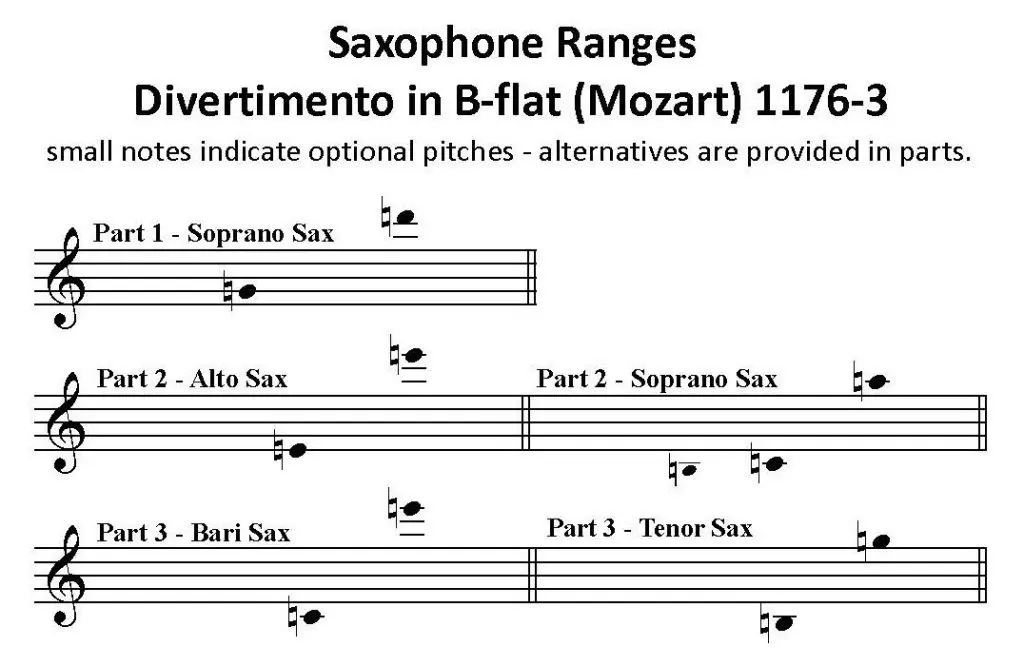
About the Composer
 Wolfgang Amadeus Mozart (27 January 1756 – 5 December 1791) was a prolific and influential composer of the Classical period. Despite his short life, his rapid pace of composition resulted in more than 800 works of virtually every Western classical genre of his time. Many of these compositions are acknowledged as pinnacles of the symphonic, concertante, chamber, operatic, and choral repertoire. Mozart is widely regarded as among the greatest composers in the history of Western music, with his music admired for its “melodic beauty, its formal elegance and its richness of harmony and texture”.
Wolfgang Amadeus Mozart (27 January 1756 – 5 December 1791) was a prolific and influential composer of the Classical period. Despite his short life, his rapid pace of composition resulted in more than 800 works of virtually every Western classical genre of his time. Many of these compositions are acknowledged as pinnacles of the symphonic, concertante, chamber, operatic, and choral repertoire. Mozart is widely regarded as among the greatest composers in the history of Western music, with his music admired for its “melodic beauty, its formal elegance and its richness of harmony and texture”.
Born in Salzburg, then in the Holy Roman Empire and currently in Austria, Mozart showed prodigious ability from his earliest childhood. Already competent on keyboard and violin, he composed from the age of five and performed before European royalty. His father took him on a grand tour of Europe and then three trips to Italy. At 17, he was a musician at the Salzburg court but grew restless and travelled in search of a better position.
While visiting Vienna in 1781, Mozart was dismissed from his Salzburg position. He stayed in Vienna, where he achieved fame but little financial security. During his final years there, he composed many of his best-known symphonies, concertos, and operas. His Requiem was largely unfinished by the time of his death at the age of 35, the circumstances of which are uncertain and much mythologised.

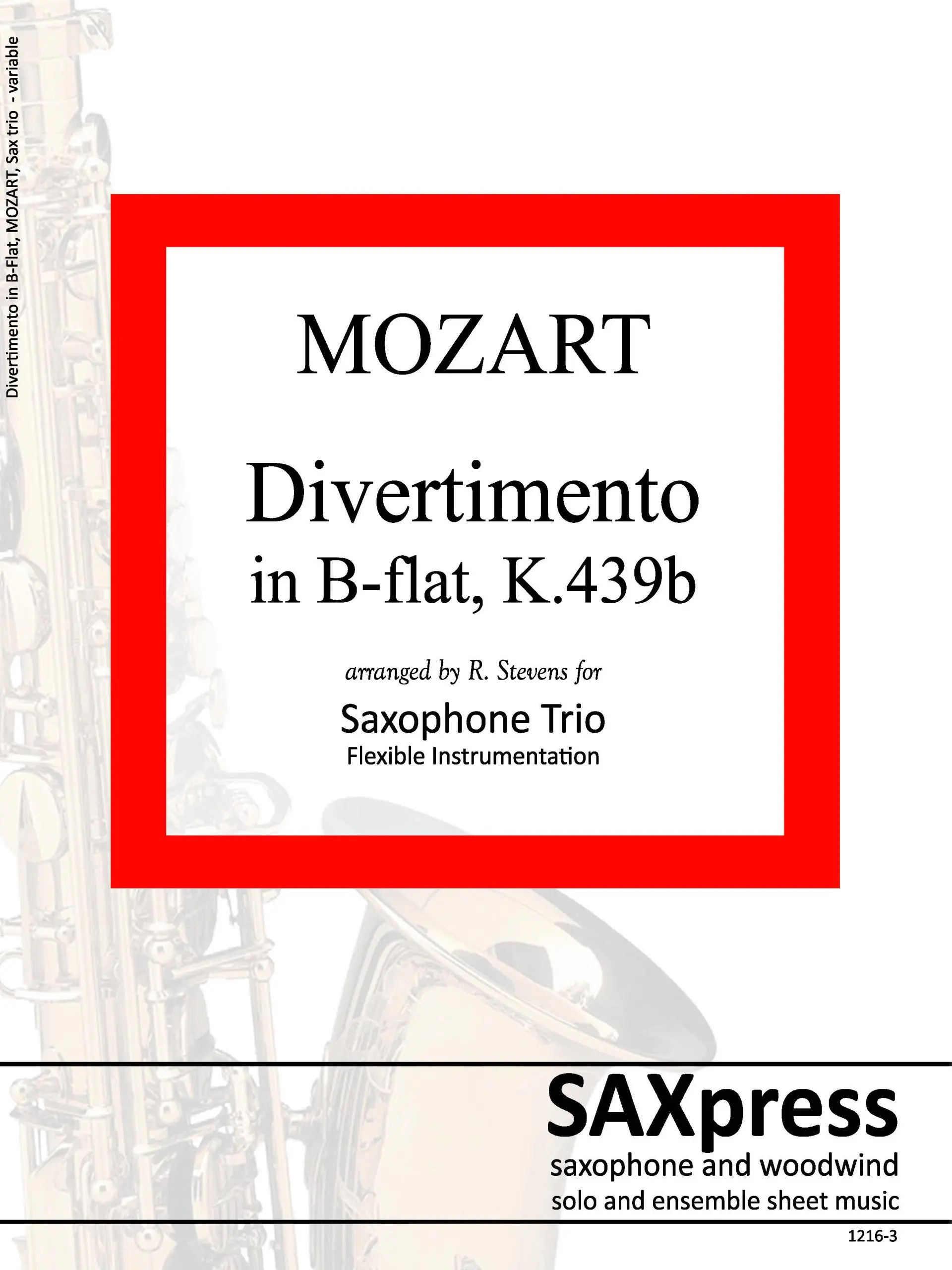

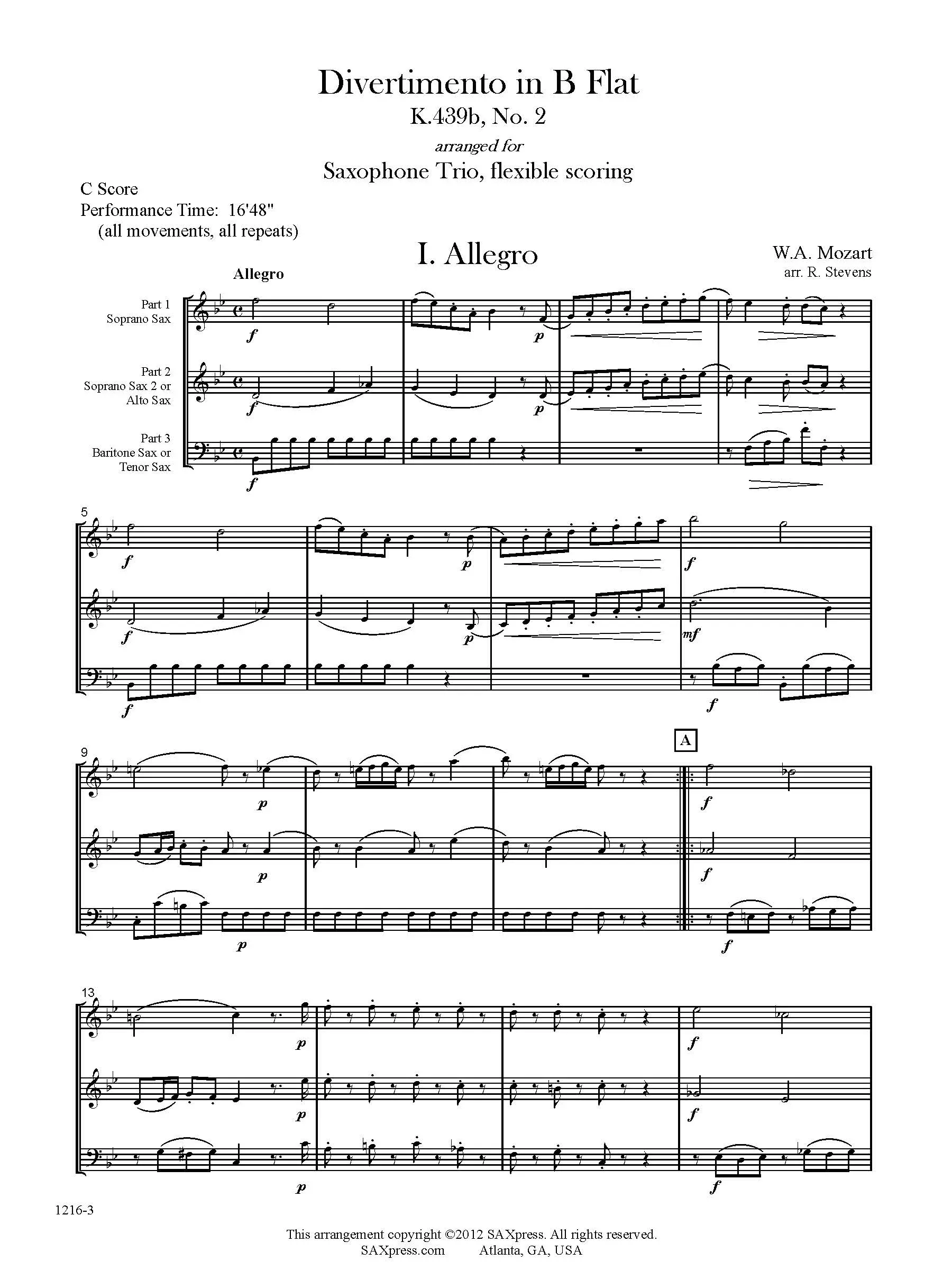
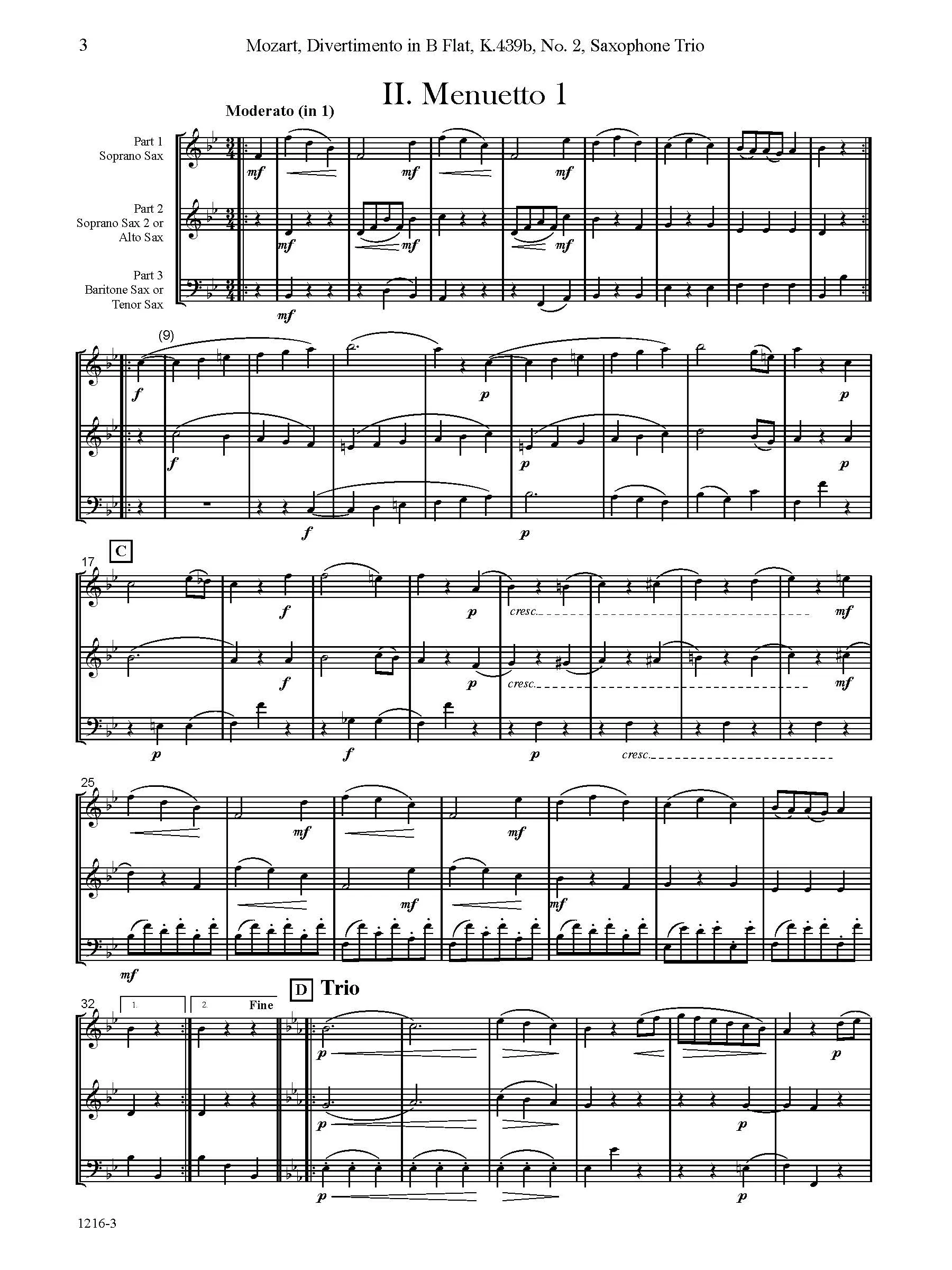

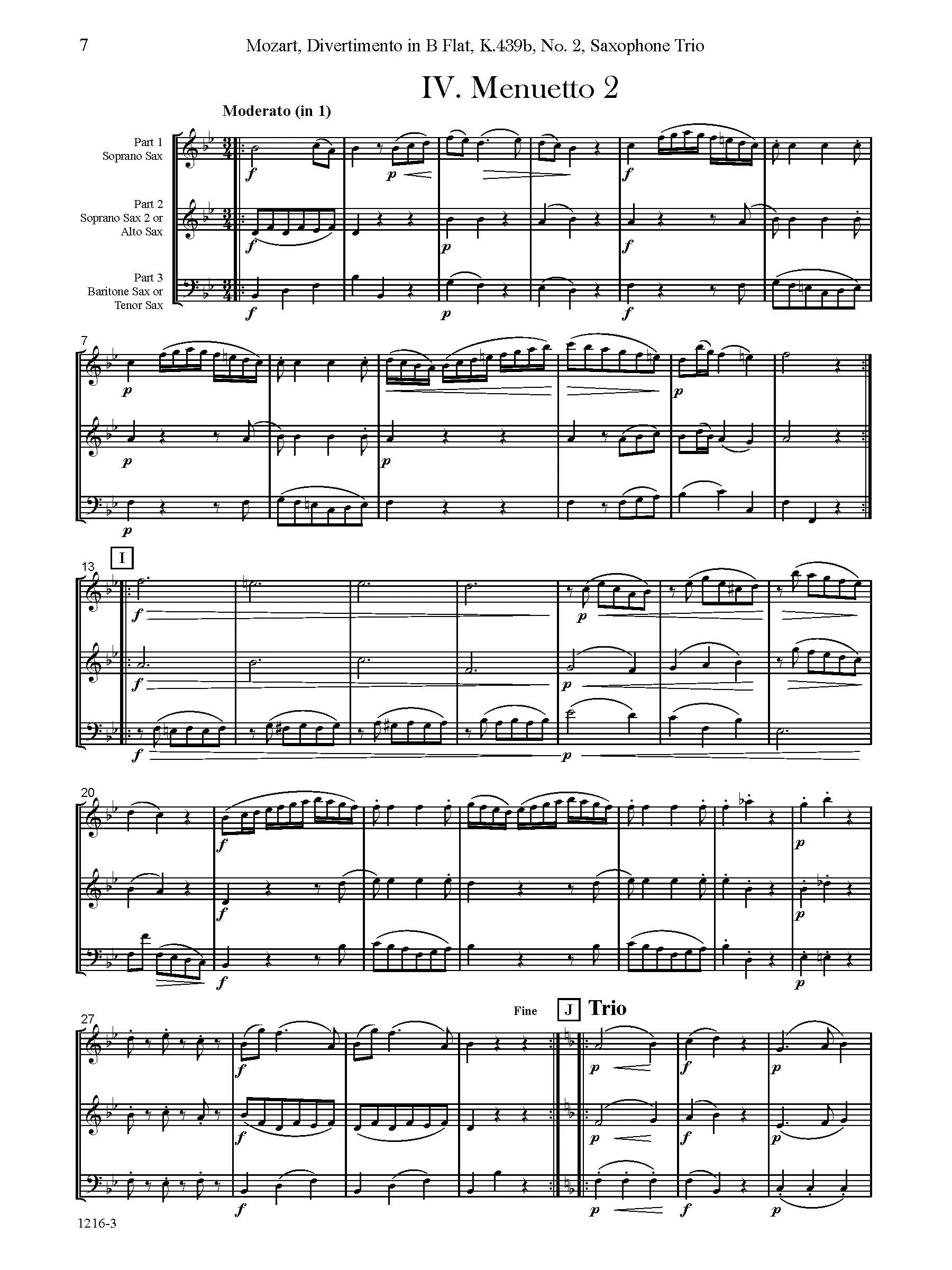
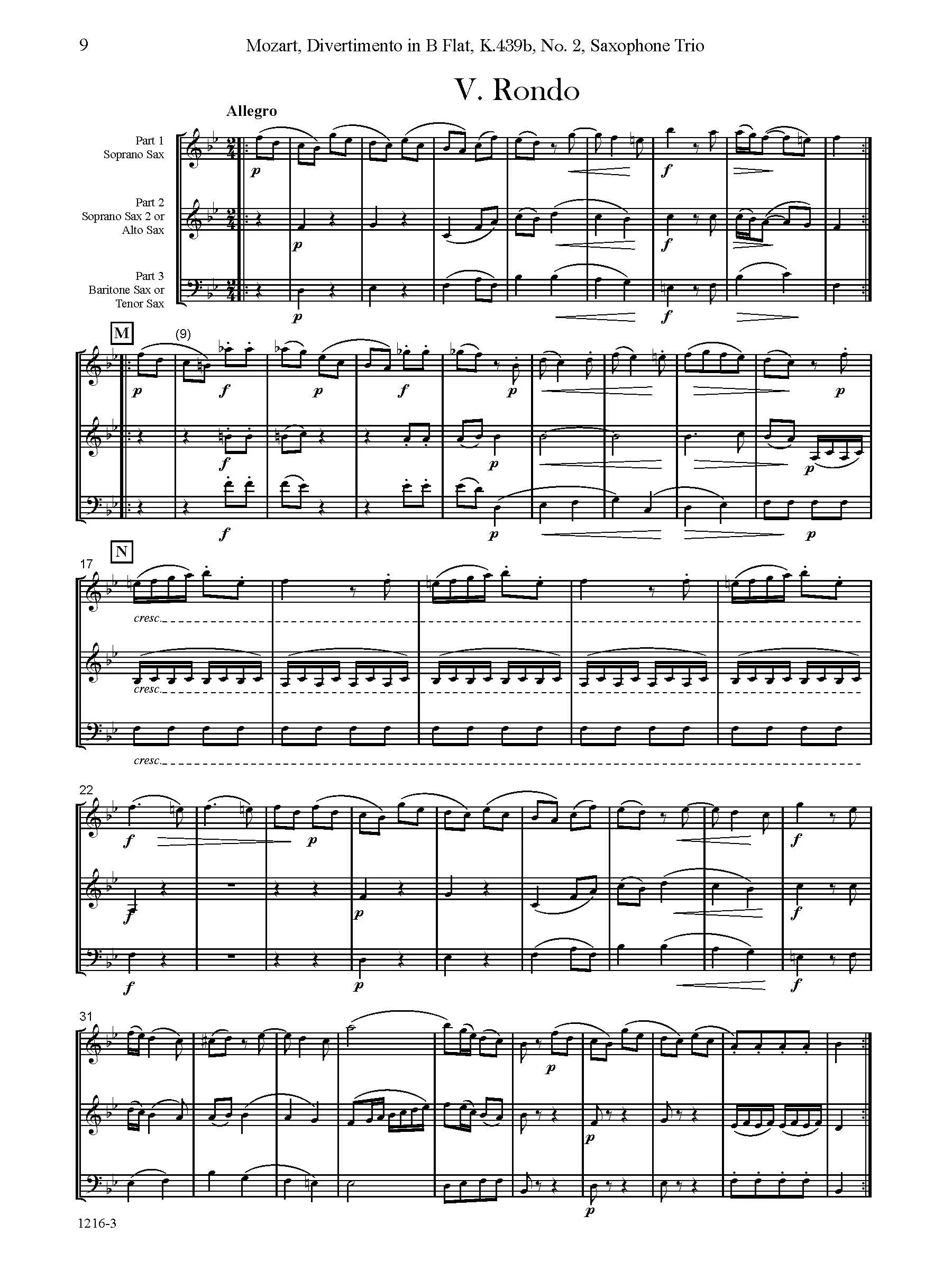
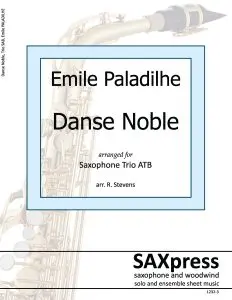
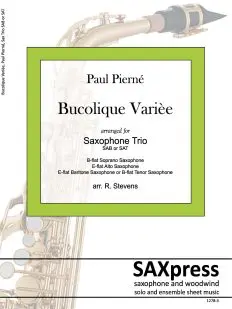
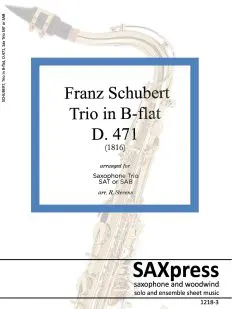
Reviews
There are no reviews yet.